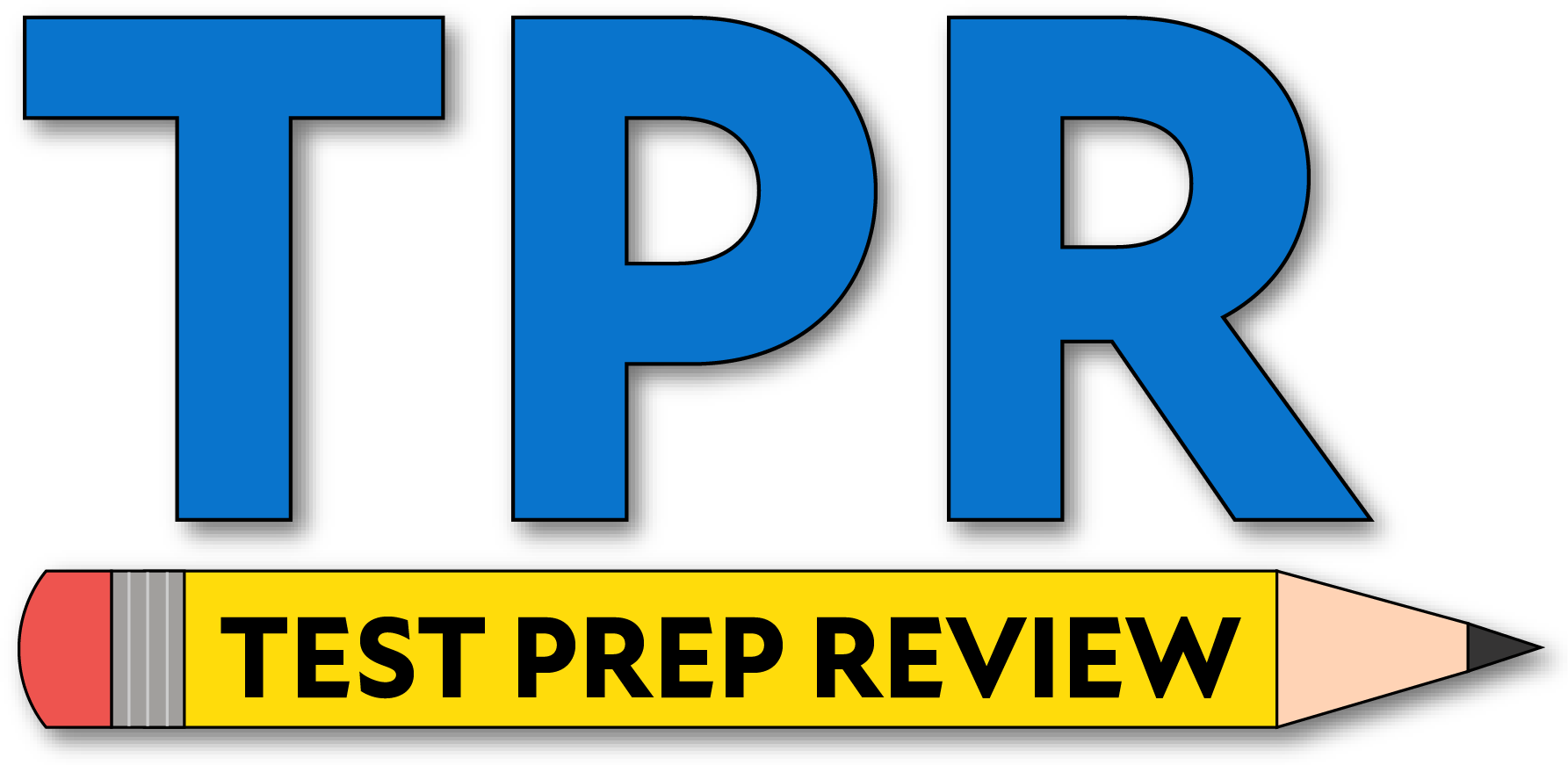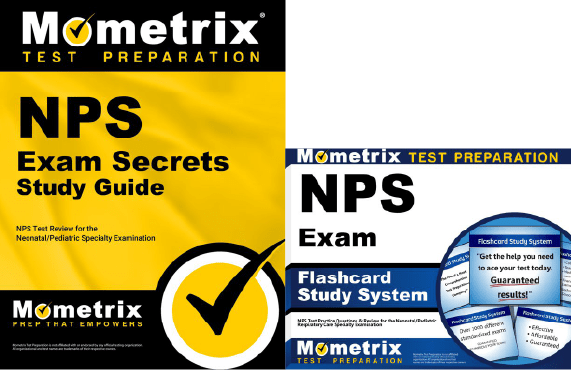If you need help studying for the Neonatal/Pediatric Respiratory Care Specialty (NPS) test or just want some more information about what the test is like, you’ve come to the right place.
Click below to take a free NPS practice test!
Exam Eligibility
Before you can register to take the NPS test, you need to be licensed as a registered respiratory therapist (RRT).
If you meet this requirements, you’re set to begin the registration process!
What’s on the Exam?
First, let’s talk about the questions on the exam. There are 170 multiple-choice questions total, but only 150 of the questions will count toward your score. Why is that?
The 20 unscored questions on the exam are called “pretest” questions. These are added to the exam to determine if they’re good enough questions to add to future versions of the test.
The trick is that you won’t have any way of knowing which questions are scored and which ones are pretest questions. They will appear just like the scored questions throughout the test.
Each question falls under one of the following three cognitive levels:
- 🧠 Recall: The recall questions test your ability to recall/recognize information.
- 🛠️ Application: The application questions test your ability to apply knowledge to given situations.
- 🔍 Analysis: The analysis questions test your ability to analyze and evaluate solutions.
Let’s take a closer look at the two sections of the exam.
1. Competencies Shared Between Critical and General Care
80 scored questions
- Assessing patient information
- Evaluating pulmonary status
- Assessing and managing airways
- Selecting and managing equipment
- Facilitating procedures and evaluating efficacy
- Managing and anticipating effects of administrating medication
- Anticipating care based on lab results and imaging
- Managing care based on nutritional status
- Assisting with/performing resuscitation
- Preparing for disaster and mass casualty events
- Interacting with members of an interdisciplinary team
- Evaluating patient and family understanding of education
2. Competencies Specific to Critical Care
70 scored questions
- Evaluating pertinent information
- Assessing and managing airways
- Managing specialty gas administration
- Managing ventilation and oxygenation
- Facilitating procedures and evaluating efficacy
- Managing/anticipating effects of administrating medication
- Preventing hospital-acquired conditions
- Managing end-of-life care
How to Register
To get started, you’ll need to submit an application on the NBRC website. The application will ask you for your contact information and any documentation to prove your eligibility (among other things).
Exam Scores
For each question you answer correctly, you’ll receive one point toward your score. The number of points you get by the end of the exam is called your raw score. Your raw score determines your pass or fail status after comparison to the cut score.
The cut score varies because everyone who takes the test is given a slightly different set of questions. Since everyone has a different arrangement of questions, some questions are harder than others, so the cut score shifts to ensure a more even playing field.
Retaking the Exam
If you didn’t get a passing score on your first try, that’s okay! You can retake the test up to two more times without having to wait between attempts.
Keep in mind that you will have to pay the full retesting fee ($220) every time you retake the test.
FAQs
How many questions are on the NPS exam?
The exam contains 170 questions.
What is the time limit for the NPS exam?
The exam is timed at 4 hours.
How much does the NPS exam cost?
The testing fee is $250.
Mometrix Test Preparation is not affiliated with or endorsed by any official testing organization. All organizational and test names are trademarks of their respective owners.



 NPS Study Guide
NPS Study Guide NPS Flashcards
NPS Flashcards